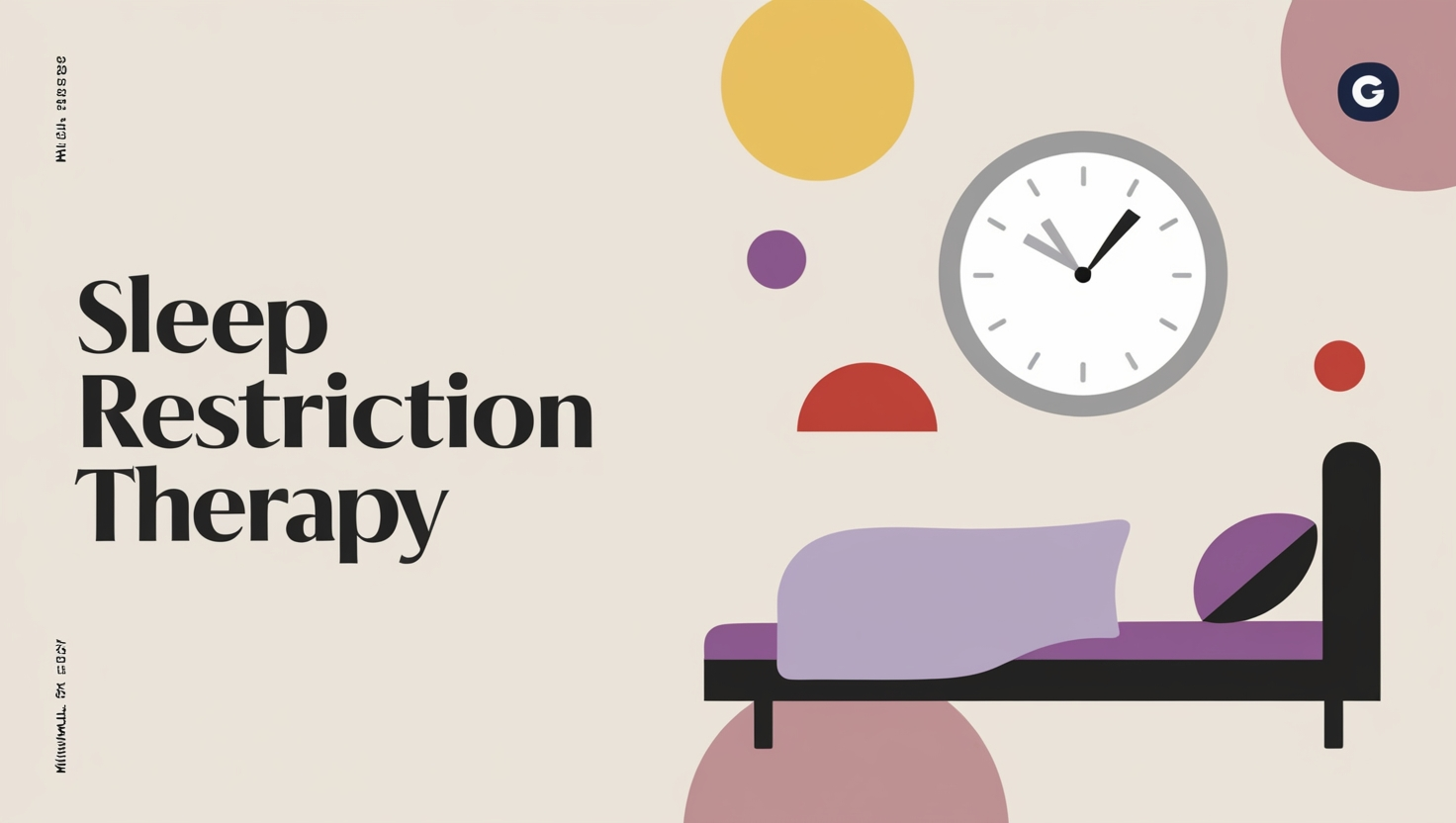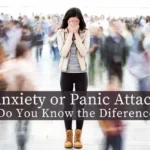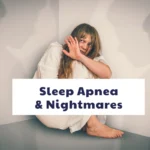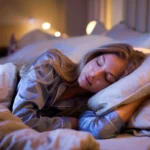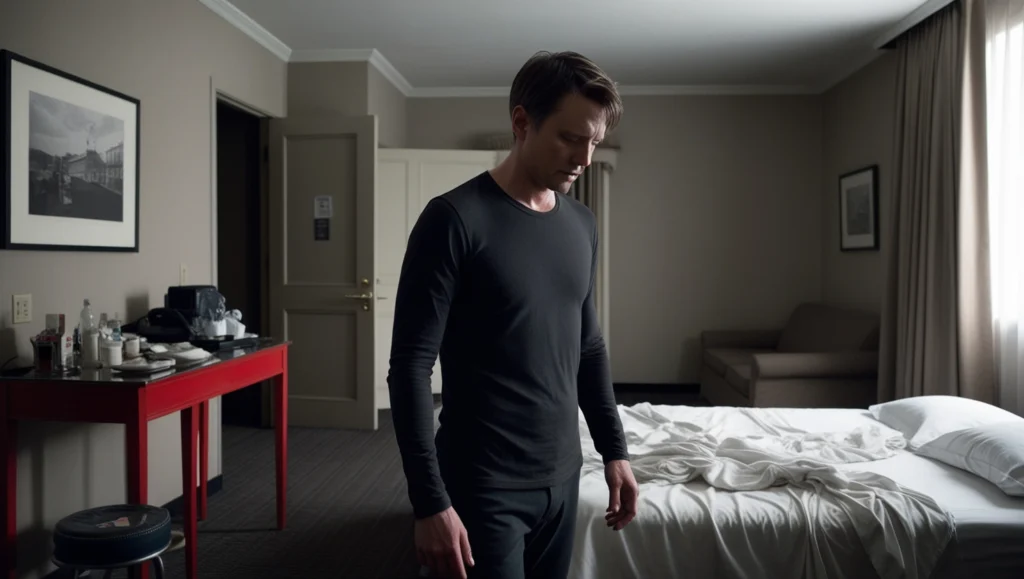
Sleepwalking, also known as somnambulism, is a sleep disorder where individuals get up and walk around while they are still asleep. It’s a common occurrence, especially in children. While it can be alarming for parents and caregivers, understanding the underlying causes can help manage and minimize its impact.
What Is Sleepwalking?

Sleepwalking, or somnambulism, is a type of parasomnia—an abnormal behavior during sleep. It typically happens during the deep stages of non-rapid eye movement (NREM) sleep, often in the first third of the night. A sleepwalker may sit up in bed, walk around, or even perform complex actions, all while being largely unaware of their surroundings.
Although sleepwalking is more common in children, it can persist into adulthood. Understanding its root causes is the first step in addressing this sleep disorder.
The Medical Causes of Sleepwalking
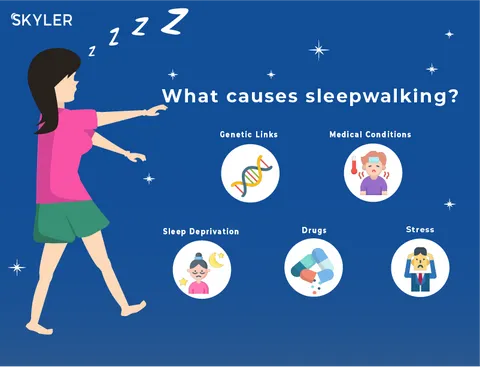
Credit: www.skyler.hk
Sleepwalking often has a biological basis. These medical factors can contribute to its occurrence:
1. Genetics
- If one or both parents have a history of sleepwalking, their children are significantly more likely to experience it. Studies suggest a strong genetic link, with heritability rates of up to 60% in families where somnambulism is prevalent.
2. Sleep Disorders
- Conditions such as obstructive sleep apnea (OSA), which disrupts breathing during sleep, or restless leg syndrome (RLS), which causes discomfort and movement, can increase the likelihood of sleepwalking episodes. Consider using an anti-snoring device or an RLS-relief leg pillow for support.
3. Medication Side Effects
- Certain drugs, particularly sedatives, hypnotics, and medications for mental health conditions, may induce or exacerbate sleepwalking.
4. Neurological Factors
- Changes in brain activity during sleep can play a role. For example, irregularities in the brain’s arousal mechanisms during NREM sleep can trigger episodes.
The Psychological Triggers of Sleepwalking

Credit: www.getsnoozy.com
Emotional well-being can significantly influence sleep patterns. Psychological stressors often contribute to sleepwalking, particularly in adults.
1. Stress and Anxiety
- Stressful life events or high levels of anxiety can disrupt sleep cycles, making sleepwalking more likely. For example, using a weighted blanket can help reduce anxiety and promote restful sleep.
2. Sleep Deprivation
- Ironically, a lack of quality sleep can lead to more frequent episodes. Products like white noise machines can improve sleep quality and reduce sleep disruptions.
3. Trauma or PTSD
- Past traumatic experiences or post-traumatic stress disorder (PTSD) may lead to disruptions in sleep that manifest as sleepwalking.
The Environmental Causes of Sleepwalking

Credit: www.sleepwellmd.com
External factors in a person’s environment can also set the stage for sleepwalking.
1. Irregular Sleep Schedules
- Inconsistent bedtimes, shift work, or jet lag can disturb sleep architecture, heightening the risk of sleepwalking. Consider using blue-light-blocking glasses for better sleep regulation.
2. Alcohol or Substance Use
- Consuming alcohol, especially close to bedtime, can interfere with normal sleep patterns and increase the likelihood of sleepwalking.
3. Noisy or Uncomfortable Environments
- Sleeping in a noisy or unfamiliar setting may contribute to arousal during deep sleep, triggering an episode. Try noise-canceling earbuds or a comfortable memory foam mattress to improve your sleep environment.
Practical Tips for Managing Sleepwalking
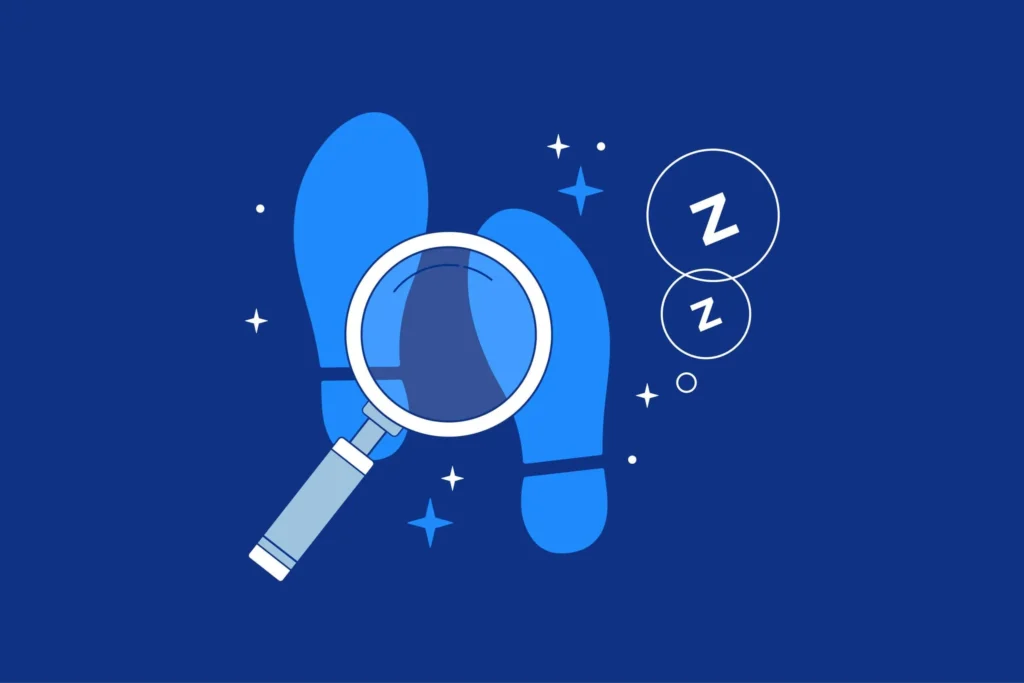
Credit: amerisleep.com
While it can be alarming, sleepwalking is often manageable. Here’s how parents, caregivers, and individuals can address it:
1. Create a Safe Environment
- Remove sharp objects, secure doors and windows, and install safety gates if needed. Products like door alarms can alert caregivers during an episode.
2. Stick to a Sleep Routine
- Encourage consistent sleep and wake times. Use a smart alarm clock to maintain a regular schedule.
3. Minimize Stress
- Incorporate relaxation techniques into your daily routine, such as aromatherapy diffusers with calming oils.
4. Address Underlying Conditions
- Consult a healthcare professional to evaluate potential contributing factors such as sleep apnea, RLS, or medication side effects.
5. Avoid Triggers
- Limit alcohol consumption and avoid caffeine in the evening. Create a calm, quiet sleep environment with comfortable bedding sets and minimal distractions.
6. Behavioral Interventions
- For children, a technique called scheduled awakenings may be helpful. This involves gently waking them 15-20 minutes before a typical sleepwalking episode to reset their sleep cycle.
7. Seek Professional Help When Needed
- If sleepwalking episodes are frequent, severe, or involve dangerous behaviors, consult a sleep specialist. Cognitive-behavioral therapy (CBT) or medication may be recommended in some cases.
Actionable Takeaways for Caregivers and Individuals
- Monitor Patterns: Keep a sleep diary to identify potential triggers, such as stress or irregular sleep schedules.
- Educate the Household: Ensure everyone in the home knows how to respond calmly during an episode.
- Don’t Wake a Sleepwalker: Gently guide them back to bed to avoid startling them, which can cause confusion or aggression.
Conclusion: Demystifying Sleepwalking
Understanding the causes and triggers of sleepwalking can help parents and caregivers manage this condition effectively. By addressing underlying factors like sleep deprivation and stress, and implementing safety measures, it’s possible to minimize the risks associated with sleepwalking. If you have concerns about sleepwalking, it’s always best to consult a healthcare professional for personalized advice.



